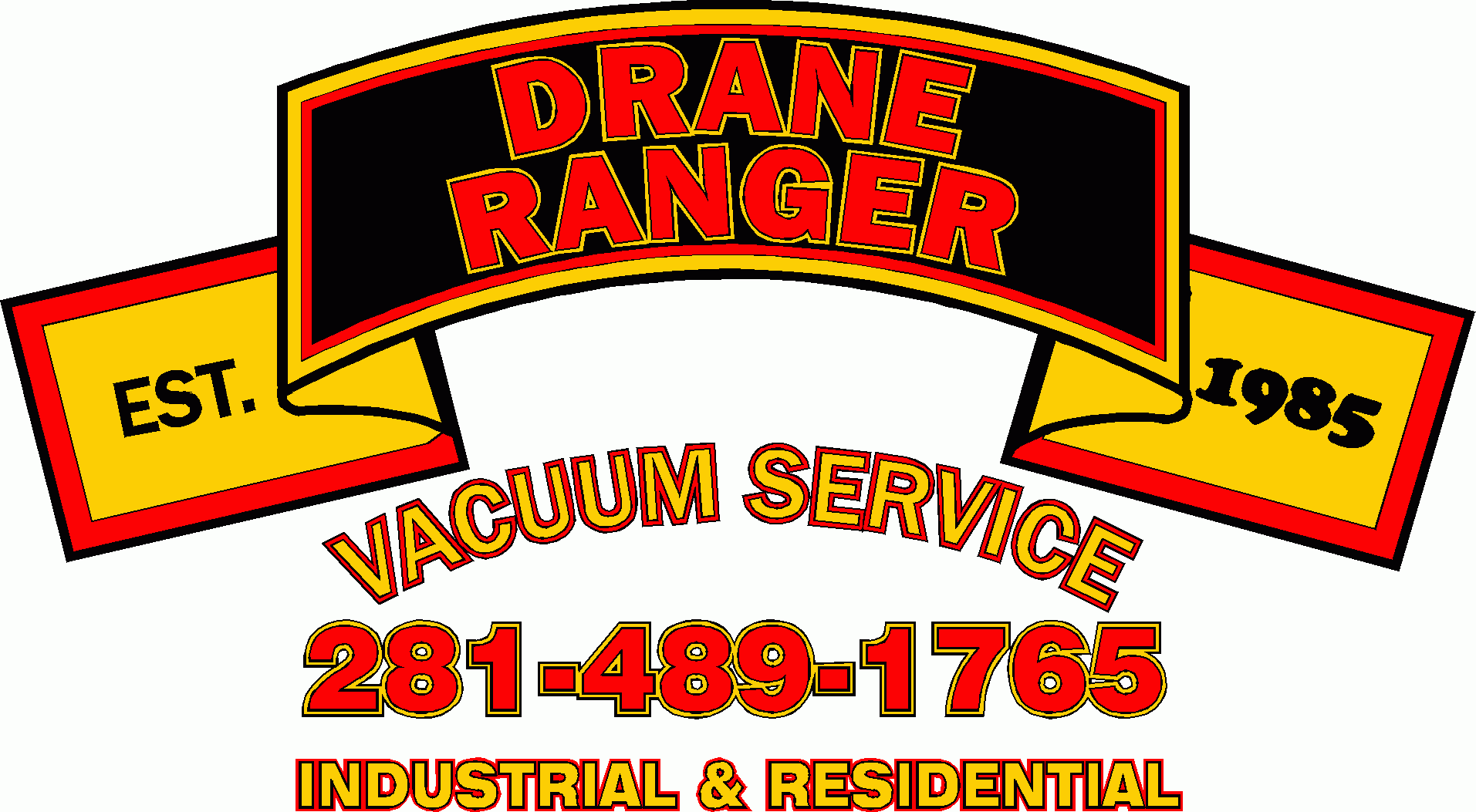Have you ever experienced the frustration of a clogged drain? You may have tried solutions like baking soda and vinegar, hot water, or other techniques to break up the clog, but they just didn’t seem to do the trick. If that’s the case, then could it be possible that using a drain cleaning liquid instead could provide you with more effective results? In this blog post, we’ll look at how these liquids work so you can make an educated decision as to whether this is a viable solution for your blocked pipes.
Introduce the Problem – Clogged Drains
There’s nothing quite as frustrating as a clogged drain. Whether it’s in the sink, shower, or bathtub, a backed-up drain can put a serious damper on your day. And while it may seem like a minor inconvenience, neglecting a clogged drain can lead to larger problems down the line, such as leaks or even water damage. The cause of clogged drains can vary – from the buildup of hair and soap scum to flushing inappropriate items down the toilet. Fortunately, there are a variety of solutions available, including drain cleaners, plungers, and plumbing services. Whatever the approach, it’s important to address the issue sooner rather than later to avoid more serious issues in the future.
Explain the Chemistry Behind Drain Cleaning Liquid
Drain-cleaning liquids are a common household item that many of us rely on to keep our sinks, showers, and tubs running smoothly. But have you ever wondered about the science behind these powerful cleaning agents? The key ingredients in drain cleaning liquids are typically sodium hydroxide or sulfuric acid, which work by breaking down organic matter like hair, soap scum, and grease that can clog pipes. When these chemicals are poured down the drain, they undergo a chemical reaction that generates heat and creates a caustic solution that dissolves the obstruction. However, it’s important to handle these products with care and follow all safety precautions, as they can be dangerous if not used correctly. Understanding the chemistry behind drain cleaning liquids can help us make informed decisions about how to effectively maintain our plumbing systems.
a. What are the active ingredients in drain cleaning liquids and what do they do to unclog drains
Drain clogs are a common household mishap, and luckily, there are a variety of drain cleaning liquids on the market that are specifically designed to unclog drains. But what exactly is in these magical liquids? The active ingredients typically found in drain cleaners include sodium hydroxide (also known as lye) and sulfuric acid. Sodium hydroxide works by breaking down and dissolving organic materials such as hair and grease, while sulfuric acid is effective at dissolving paper and other non-organic materials. Together, these powerful ingredients work to unclog your drain and get your plumbing system back in working order. Just be sure to follow the instructions carefully and use caution when handling these chemicals to avoid any unpleasant accidents.
Different Types of Drain Cleaners
A clogged drain can be a headache, but luckily there are various drain cleaners available on the market to help tackle the problem. One of the most common types is the chemical drain cleaner, which uses strong chemicals to dissolve the clog. Another option is a natural drain cleaner, which uses enzymes to break down the blockage in a more eco-friendly way. For those who prefer a more hands-on approach, a manual drain cleaner using a snake or plunger may do the trick. Each type of drain cleaner has its own advantages and drawbacks, so it’s best to choose one based on the type of clog and personal preference.
a. Acidic vs. Alkaline
Acidity and alkalinity are two opposite properties that play a vital role in maintaining our body’s internal balance. The human body has a specific pH level, a measure of its acidity or alkalinity. This balance is crucial for various physiological processes, ranging from digestion to immune function. The food we eat also has an impact on the body’s pH level, and this is where the concept of acidic vs. alkaline comes into play. While some foods are naturally acidic, others are alkaline. The idea is to maintain a healthy balance between the two to ensure optimal health and well-being. Understanding the difference between acidic and alkaline foods is essential to make informed decisions about our diet and health.
Taking care of clogged drains can be a messy and labor-intensive job. To make the process much easier, it’s important to know which type of cleaner to use for each type of problem. Acidic cleaners are great for breaking down buildup in pipes that is composed mostly of organic materials, while alkaline cleaners are better able to dissolve grease and fat deposits. With these tips in mind, you’ll be well prepared to tackle any drain cleaning challenge. Don’t wait until the problem has gotten out of hand. Get ahead of the game with regular preventative maintenance using a safe commercial-grade cleaner or an eco-friendly homemade solution at least once a month. So go forth and conquer your clogged drain problems with confidence! Click here to know more details.
